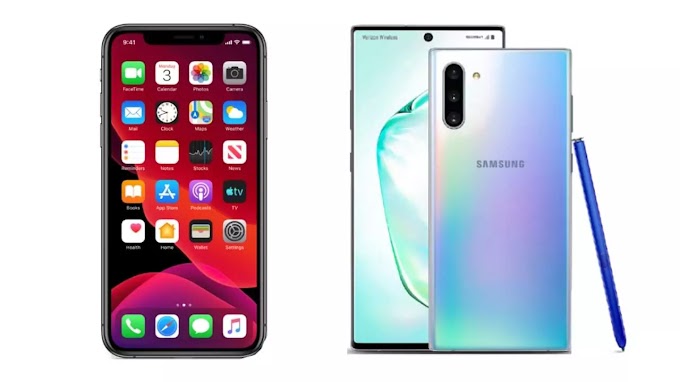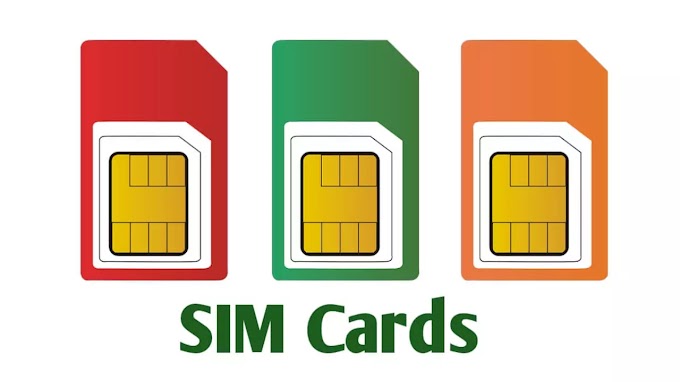Today the world moves according to the clock. We set our entire routine clockwise. Before its invention, people used to estimate time by observing the fluctuations of sunlight and water. But do you know Who invented the watch ? So the answer is - Peter Henlein. His first watch was named 'Pomander Watch', which he made in 1505.
Peter Heinlein used to work in locksmith and watchmaking in the city of Neuenburg, Germany. The first clock made by him in 1505 is the oldest clock in the world, which is still working correctly today.
The pomander watch is a box shaped watch. There are small parts of the watch in its lower half and its upper half is covered by the remaining half. This watch is made of copper and gold. Currently its price is being told from 3 to 50 million euros.
Who knew the time before who made the clock? And how to make Second, Minute, Hour? Time was present from the beginning. Different ways have been used for many years to discover it and to create the right tool that tells this time.
The Sumerians started using this in 2000BC, which we use 60 based systems today. Then was used by the Babylonians. And even today, using the same system, we have divided 60 minutes in 1 hour and 60 seconds in 1 minute.
In the early days, people looked at the sun and the moon, day and night, understood that time was seen with pieces of wood and bone. It is believed that methods such as stone circles were used to measure time. The oldest method of measuring time is Obelisk.
Which was built by Egyptians in 3500 BC. Which is known as shadow clocks. Later, under the supervision of the stars, the night was also made 12 hours. After this, T-square clock and sundials were made in 1500 BC.
At that time, the Egyptians divided the day into 10 hours and spent 1 hour of sunrise and 1 hour of sunset, making it a full 12 hours. Because these clocks depended on the sun, so Used only during the day.
Greeks invented different types of water clocks to record Astronomical Observations during the night. Who did not know who invented this water clocks for the first time but in Babylon, Egypt, India and China Kharib was used in the 16BC century. In ancient Egypt, Merkhet method was also used to see time at night.
They use incense sticks for these clocks. As soon as they reached the ball after burning, these balls used to fall down, now different fragrances were used for every 1 hour.
In the 11th century, hourglass was used while traveling in the sea. It was an easy device, as soon as the sand was out, it would turn the device over. In the 15th century, many people started using our glass.
After this the water clock was built with escapement mechanism. In this, the problem was that due to the temperature there would be a difference in time, but Mercury was used later.
It was used as a clock tower so that everyone could see it, because no one had a watch at that time, and this clock would ring after every 1 hour so that people would get their prayers for prayers and their other Used to do things.
For the first time in the 11th century, the geared clock was built by the Arab engineer Al-Muradi. In the 14th century, catholic monks started making mechanical clocks, which were meant to find the time for the priors.
Now all the clocks that were made till now do not tell the exact time and they had to reset again and again.
In 1580, when you looked carefully at the swing of the Italian polymath galileo galilei pendulum, it could be formed by this to form an accurate clock.
The Dutch scientist Christiaan Huygens created the pendulum clock in 1656 with this concept. Initially it would have made a difference of one minute in the accuracy of the clocks but later there was a difference of 10 seconds in its accuracy.
This was followed by the first invention of portable watches, known as pocket watches, in the 17th century. The mainspring was used for this portable watch.
But there would be a difference of many hours in accuracy. The biggest change was when the 10-minute difference in Kardia Tho Accuracy changed with the mainspring balance spring and for the first time in 1680, the minute hand was also added.
Electric clocks were first invented in 1814 for which dry pile was used. At that time, it was not accurate. Later, after the arrival of electric supplies in 1890’s,
electric watches started to be manufactured more, now their accuracy was 3 to 10 seconds. In 1920’s, quartz clock was made using quartz crystal.
The vibration of this crystal was converted into an electrical signal. Whose frequency was also kept accurate. Now it used to be a difference of half a second in the Accuracy of Watches.
Finally, an atomic clock was made using cesium atom with a frequency of 9,192,631,770 seconds. If we talk about their accuracy, then after several thousands of years, it makes a difference of just a few seconds.
Peter Heinlein used to work in locksmith and watchmaking in the city of Neuenburg, Germany. The first clock made by him in 1505 is the oldest clock in the world, which is still working correctly today.
The pomander watch is a box shaped watch. There are small parts of the watch in its lower half and its upper half is covered by the remaining half. This watch is made of copper and gold. Currently its price is being told from 3 to 50 million euros.
Who knew the time before who made the clock? And how to make Second, Minute, Hour? Time was present from the beginning. Different ways have been used for many years to discover it and to create the right tool that tells this time.
Ancient Egyptian Clocks:
The Sumerians started using this in 2000BC, which we use 60 based systems today. Then was used by the Babylonians. And even today, using the same system, we have divided 60 minutes in 1 hour and 60 seconds in 1 minute.
In the early days, people looked at the sun and the moon, day and night, understood that time was seen with pieces of wood and bone. It is believed that methods such as stone circles were used to measure time. The oldest method of measuring time is Obelisk.
Which was built by Egyptians in 3500 BC. Which is known as shadow clocks. Later, under the supervision of the stars, the night was also made 12 hours. After this, T-square clock and sundials were made in 1500 BC.
At that time, the Egyptians divided the day into 10 hours and spent 1 hour of sunrise and 1 hour of sunset, making it a full 12 hours. Because these clocks depended on the sun, so Used only during the day.
Water Clocks:
Greeks invented different types of water clocks to record Astronomical Observations during the night. Who did not know who invented this water clocks for the first time but in Babylon, Egypt, India and China Kharib was used in the 16BC century. In ancient Egypt, Merkhet method was also used to see time at night.
Candle clocks:
Now after this, Candle clocks started to be used in China and Japan, but this was done by Al Jazari. Incense clocks were then used in China. Historians believe that these cloaks were invented in India. Because carvings of Devanagari were found on them.They use incense sticks for these clocks. As soon as they reached the ball after burning, these balls used to fall down, now different fragrances were used for every 1 hour.
Hourglass:
In the 11th century, hourglass was used while traveling in the sea. It was an easy device, as soon as the sand was out, it would turn the device over. In the 15th century, many people started using our glass.
Mechanical clocks:
After this the water clock was built with escapement mechanism. In this, the problem was that due to the temperature there would be a difference in time, but Mercury was used later.
It was used as a clock tower so that everyone could see it, because no one had a watch at that time, and this clock would ring after every 1 hour so that people would get their prayers for prayers and their other Used to do things.
For the first time in the 11th century, the geared clock was built by the Arab engineer Al-Muradi. In the 14th century, catholic monks started making mechanical clocks, which were meant to find the time for the priors.
Now all the clocks that were made till now do not tell the exact time and they had to reset again and again.
Pendulum clock:
In 1580, when you looked carefully at the swing of the Italian polymath galileo galilei pendulum, it could be formed by this to form an accurate clock.
The Dutch scientist Christiaan Huygens created the pendulum clock in 1656 with this concept. Initially it would have made a difference of one minute in the accuracy of the clocks but later there was a difference of 10 seconds in its accuracy.
Portable watch:
This was followed by the first invention of portable watches, known as pocket watches, in the 17th century. The mainspring was used for this portable watch.
But there would be a difference of many hours in accuracy. The biggest change was when the 10-minute difference in Kardia Tho Accuracy changed with the mainspring balance spring and for the first time in 1680, the minute hand was also added.
Electric clocks:
Electric clocks were first invented in 1814 for which dry pile was used. At that time, it was not accurate. Later, after the arrival of electric supplies in 1890’s,
electric watches started to be manufactured more, now their accuracy was 3 to 10 seconds. In 1920’s, quartz clock was made using quartz crystal.
The vibration of this crystal was converted into an electrical signal. Whose frequency was also kept accurate. Now it used to be a difference of half a second in the Accuracy of Watches.
Atomic clock:
Finally, an atomic clock was made using cesium atom with a frequency of 9,192,631,770 seconds. If we talk about their accuracy, then after several thousands of years, it makes a difference of just a few seconds.













